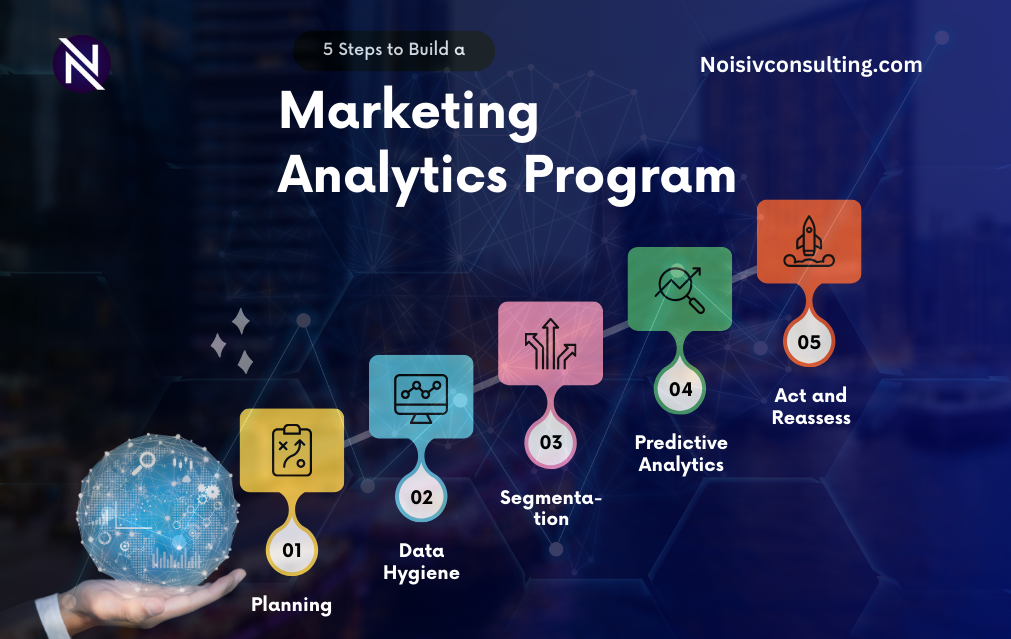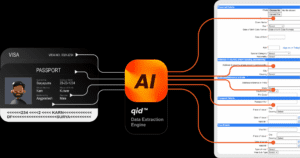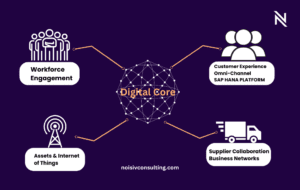In today’s fast-paced digital landscape, data has become the cornerstone of effective marketing strategies. Building a robust marketing analytics program empowers businesses to make informed decisions, optimize campaigns, and drive growth. By following these five essential steps, you can lay a solid foundation for your marketing analytics journey.
1. Planning: Setting the Course for Success
Before diving into data analysis, it’s crucial to establish clear goals and objectives for your marketing analytics program. Start by defining key performance indicators (KPIs) aligned with your business objectives. Whether it’s increasing brand awareness, driving website traffic, or boosting sales, each KPI should be specific, measurable, achievable, relevant, and time-bound (SMART).
Additionally, identify the data sources you’ll need to collect and analyze to measure your KPIs effectively. These may include website analytics, social media metrics, customer relationship management (CRM) data, and sales data. By outlining your goals and data requirements upfront, you can ensure that your marketing analytics efforts are focused and impactful.
2. Data Hygiene: Cleaning the Foundation
High-quality data is essential for accurate analysis and actionable insights. Take the time to assess the cleanliness and completeness of your data before proceeding with analysis. This involves identifying and rectifying any discrepancies, duplicates, or missing values in your datasets.
Implement data hygiene best practices, such as regular data cleansing, deduplication, and validation processes. Leverage data management tools and technologies to automate these tasks and maintain data integrity over time. By ensuring that your data is clean and reliable, you can trust the insights derived from your marketing analytics efforts.
3. Segmentation: Uncovering Opportunities
Segmentation is the process of dividing your audience into distinct groups based on shared characteristics or behaviours. By segmenting your audience, you can tailor your marketing efforts to meet the specific needs and preferences of each group, thereby maximizing engagement and conversion rates.
Utilize demographic, psychographic, and behavioural data to create meaningful audience segments. Common segmentation variables include age, gender, location, purchase history, and engagement level. Once you’ve identified relevant segments, personalize your marketing campaigns and messaging to resonate with each group effectively.
4. Predictive Analytics: Anticipating Future Trends
Predictive analytics empowers marketers to forecast future outcomes and trends based on historical data and statistical algorithms. By leveraging predictive models, you can anticipate customer behaviour, identify emerging opportunities, and mitigate potential risks.
Invest in advanced analytics tools and techniques, such as machine learning algorithms and predictive modelling software. Train predictive models using historical data to predict future outcomes, such as customer churn, lifetime value, and purchase propensity. Continuously refine and optimize your models based on new data and insights to enhance their predictive accuracy over time.
5. Act and Reassess: Iterative Improvement
Building a marketing analytics program is not a one-time endeavour but an ongoing process of learning and optimization. Take action on the insights generated from your analytics efforts and monitor the impact on your KPIs closely. Identify successful strategies and areas for improvement, then adjust your tactics accordingly.
Regularly reassess your marketing analytics program to ensure alignment with evolving business goals and market dynamics. Incorporate feedback from stakeholders, track key metrics, and iterate on your approach to drive continuous improvement. By adopting a mindset of iteration and adaptation, you can maximize the effectiveness of your marketing analytics program and stay ahead of the competition.
In conclusion, building a successful marketing analytics program requires careful planning, data hygiene, segmentation, predictive analytics, and a commitment to iterative improvement. By following these five steps, you can harness the power of data to drive informed decision-making, optimize marketing performance, and achieve your business objectives in today’s dynamic digital landscape.








